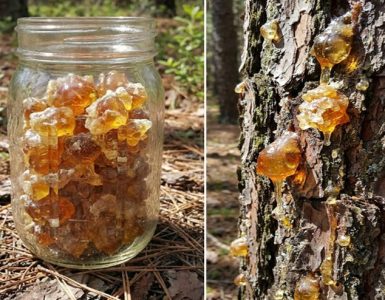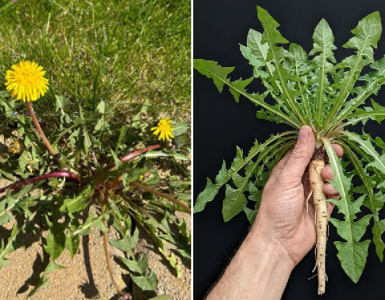In the quest for natural remedies, willow bark has emerged as a time-honored solution for pain relief. Dating back centuries, willow bark contains salicin, a compound with similar properties to aspirin, making it a natural alternative for alleviating discomfort. With its roots in traditional medicine and growing interest in holistic health, learning how to harness the power of willow bark can offer a sustainable and effective means of managing pain. Here’s a guide on how to make willow bark aspirin at home, unlocking the potential of this natural remedy.
Understanding Willow Bark:
Willow bark, derived from the bark of various species of willow trees, has been used medicinally for thousands of years. Ancient civilizations, including the Egyptians and Greeks, recognized its pain-relieving properties and employed it to ease headaches, fevers, and other ailments. The active ingredient in willow bark, salicin, acts as a precursor to salicylic acid, which is similar to the active compound found in aspirin. This similarity makes willow bark a natural source of pain relief, with a gentler impact on the stomach compared to synthetic aspirin.
Harvesting Willow Bark:
The first step in making willow bark aspirin is to harvest the bark from a suitable willow tree. Look for young trees with smooth, supple bark, as older trees may have bark that is too thick and difficult to process. It’s essential to obtain permission before harvesting bark from private or public land and to ensure sustainable harvesting practices to avoid harming the tree. Using a sharp knife or pruners, carefully remove small strips of bark from the branches or trunk of the tree, taking care not to girdle or damage the tree.
Preparing Willow Bark Extract:
Once you have collected an adequate amount of willow bark, it’s time to prepare the extract. Begin by chopping the bark into small pieces to increase its surface area and aid in extraction. Place the chopped bark in a pot and cover it with water, using approximately one part bark to ten parts water by volume. Bring the water to a gentle simmer and allow the bark to steep for about 30 minutes to an hour, depending on the desired strength of the extract. Stir the mixture occasionally and monitor the temperature to prevent boiling, as excessive heat can degrade the salicin.
Straining and Storing:
After simmering, remove the pot from the heat and let the extract cool to a comfortable temperature. Once cooled, strain the liquid through a fine mesh sieve or cheesecloth to remove the solid bark particles, leaving behind a clear, amber-colored liquid. Transfer the strained extract to a clean glass jar or bottle for storage. Store the willow bark aspirin extract in the refrigerator to prolong its shelf life, where it can remain potent for several weeks when properly stored.
Using Willow Bark Aspirin:
To use willow bark aspirin as a natural pain reliever, simply take a small dose of the extract as needed. Start with a conservative amount and adjust the dosage based on individual tolerance and effectiveness. Remember that while willow bark aspirin offers natural pain relief, it may not be suitable for everyone, particularly those with allergies to aspirin or salicylates. As with any medicinal substance, it’s advisable to consult with a healthcare professional before incorporating willow bark aspirin into your wellness routine, especially if you are pregnant, nursing, or taking medications.
Making willow bark aspirin at home provides a natural and sustainable alternative for pain relief, rooted in centuries of traditional medicine. By understanding the properties of willow bark and following proper harvesting and preparation techniques, you can harness the therapeutic benefits of this ancient remedy. Whether used to ease headaches, muscle aches, or joint pain, willow bark aspirin offers a gentle yet effective approach to managing discomfort without the side effects associated with synthetic medications. Embrace the power of nature and explore the potential of willow bark as a natural pain reliever in your holistic health journey.






Add comment